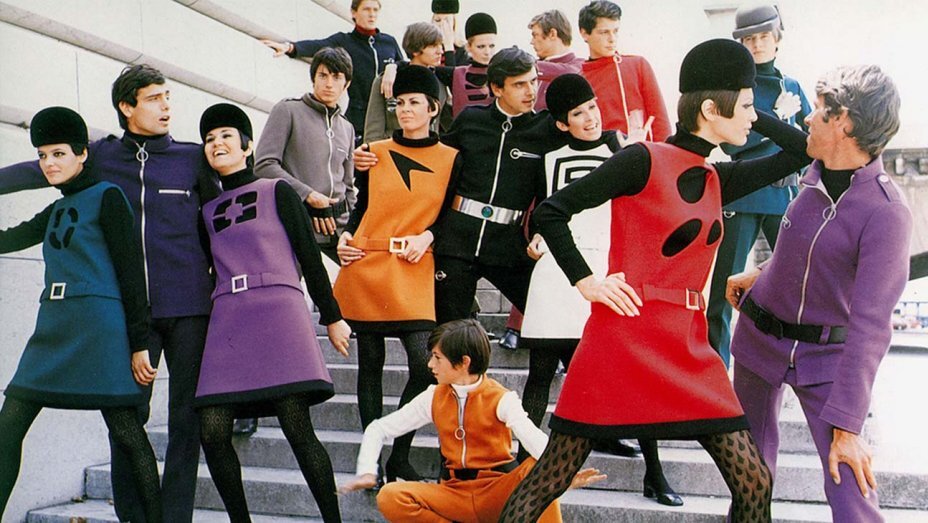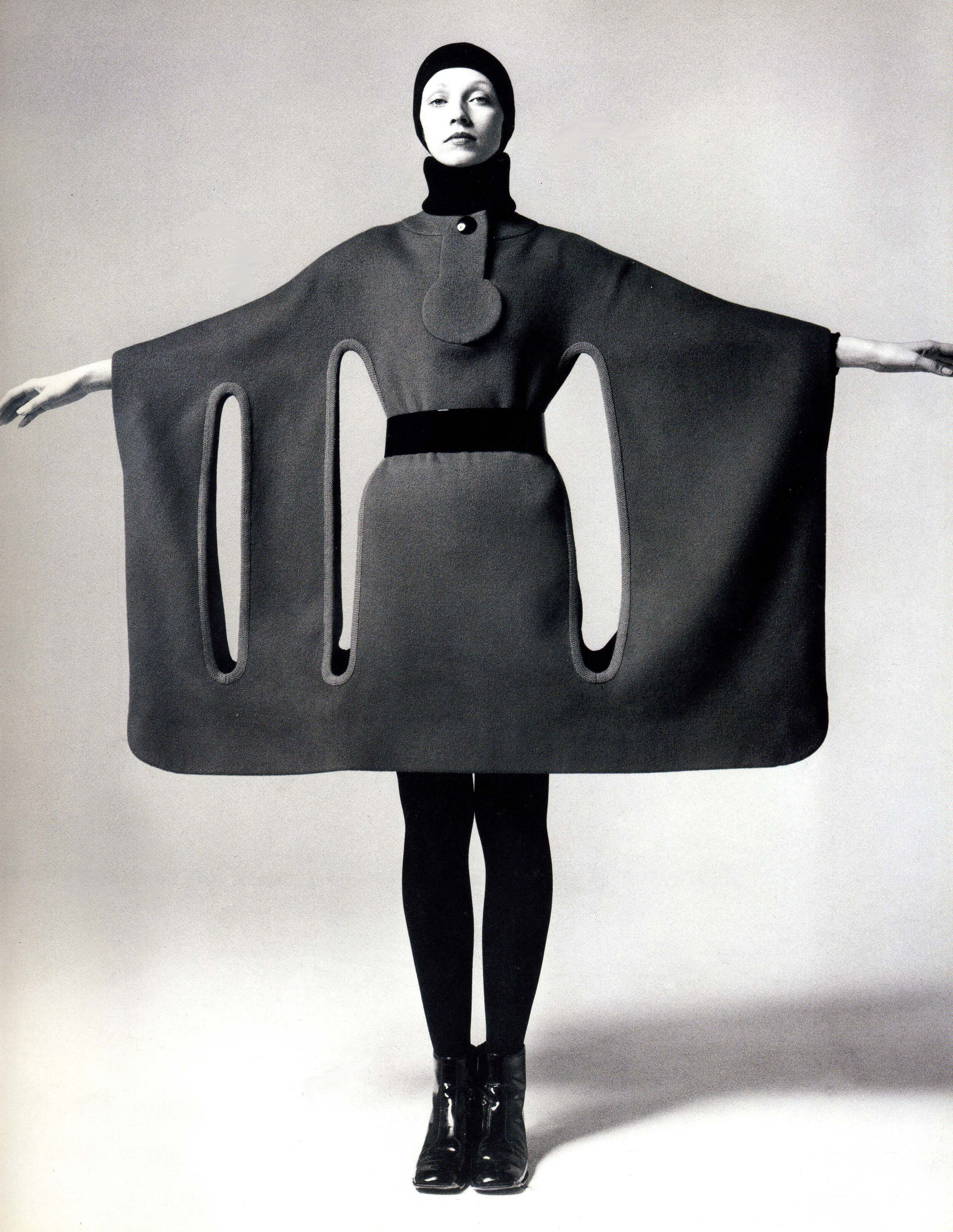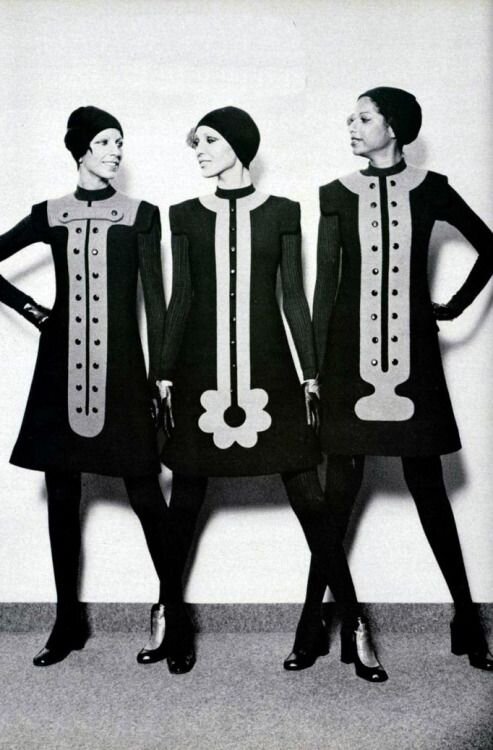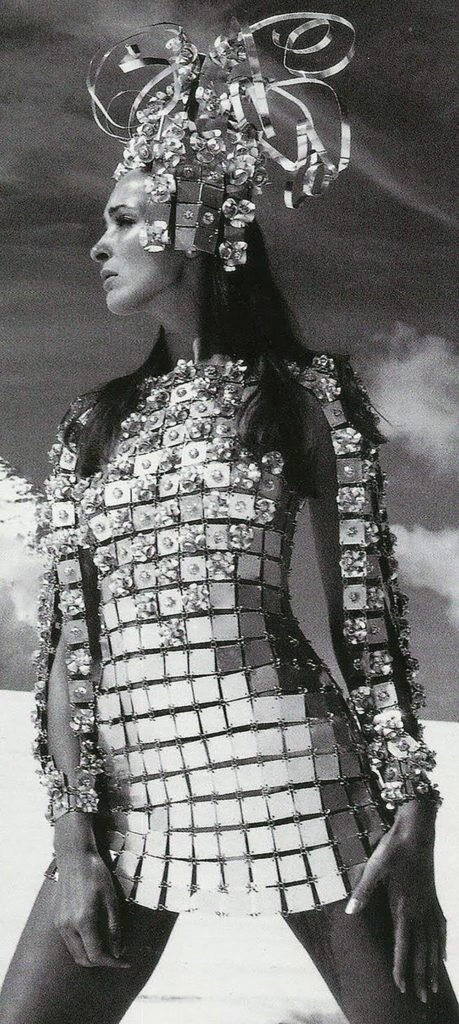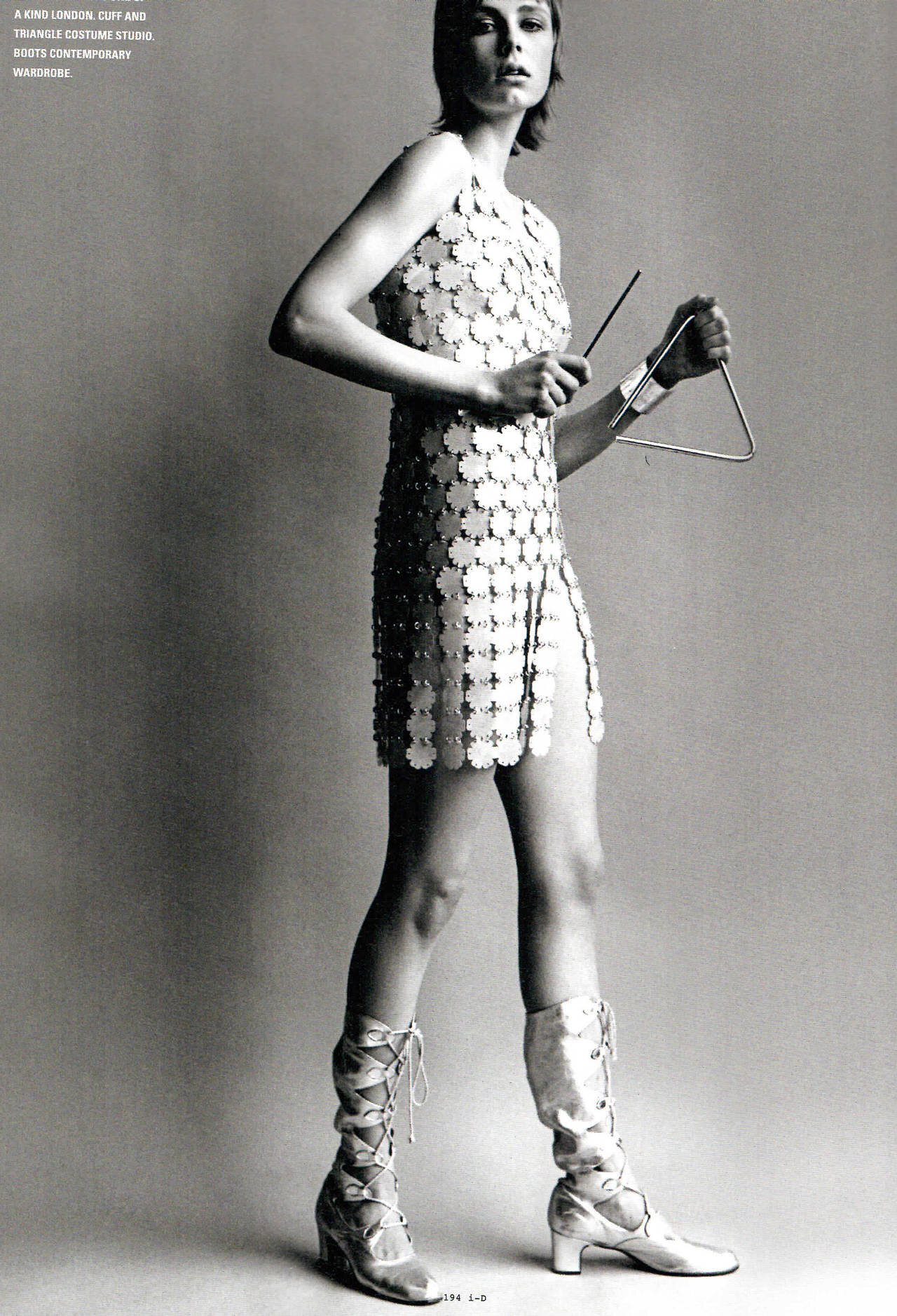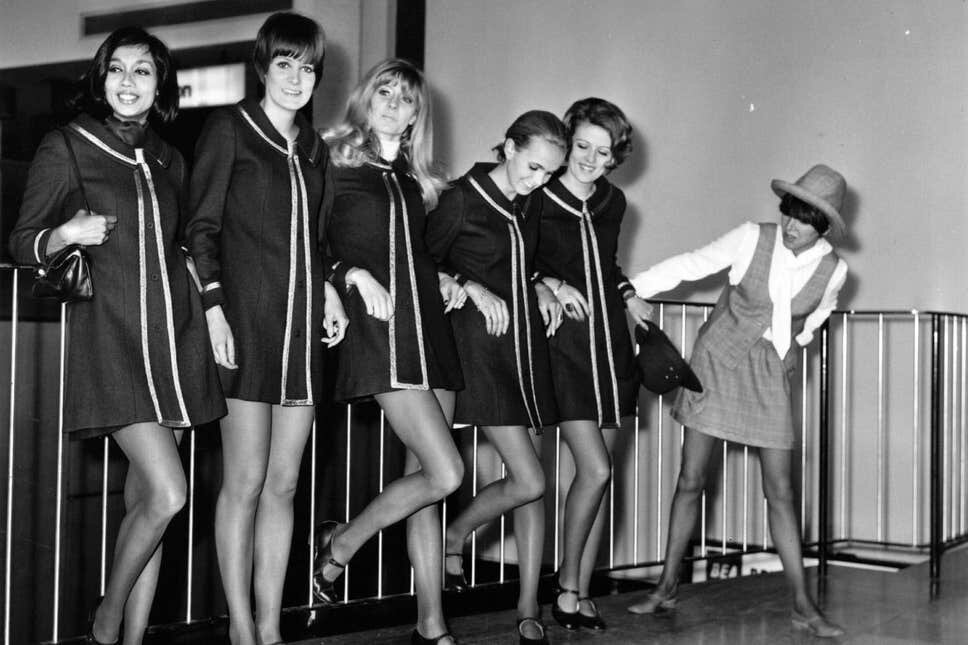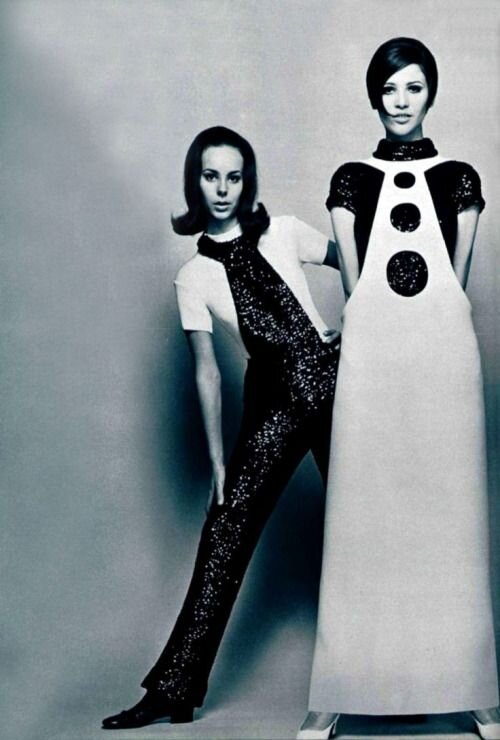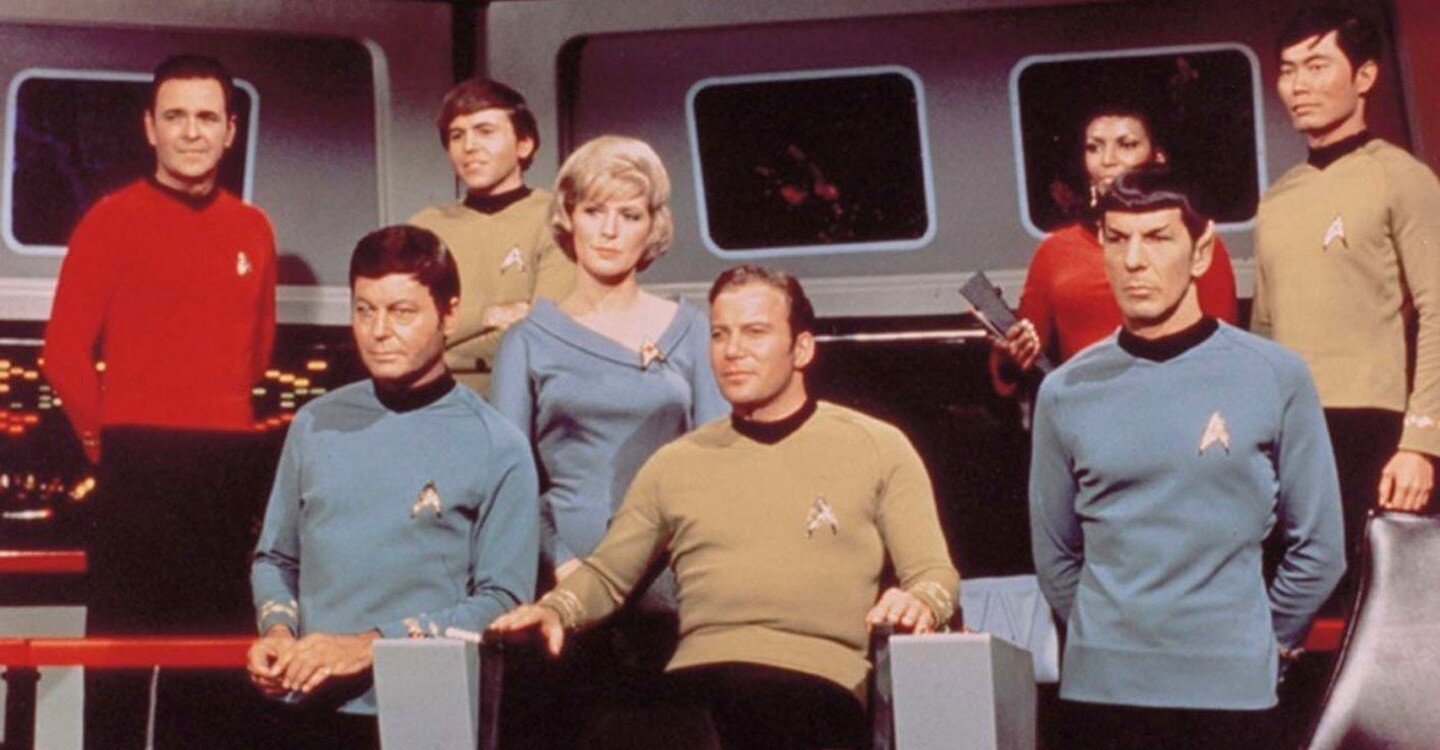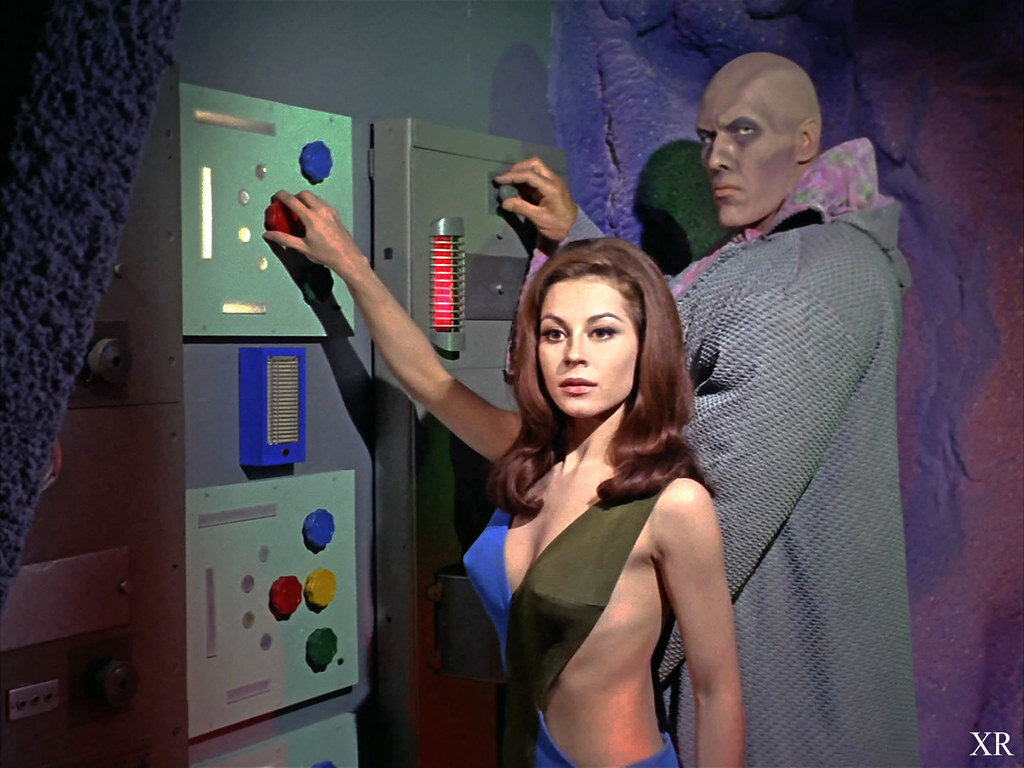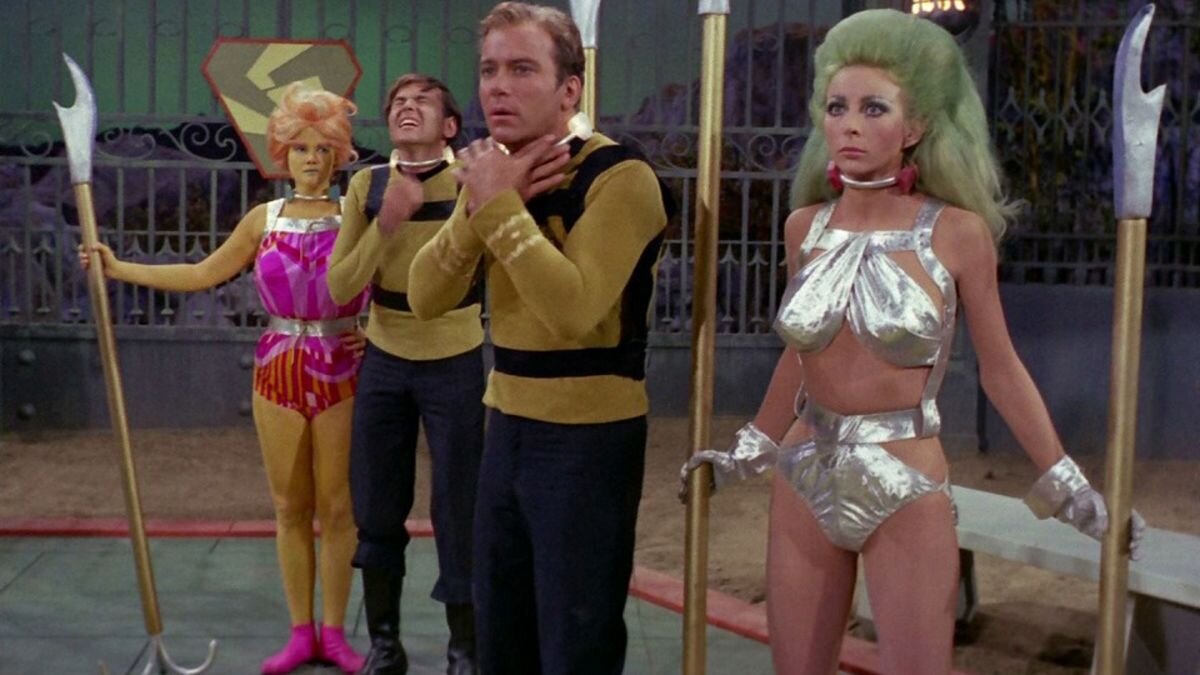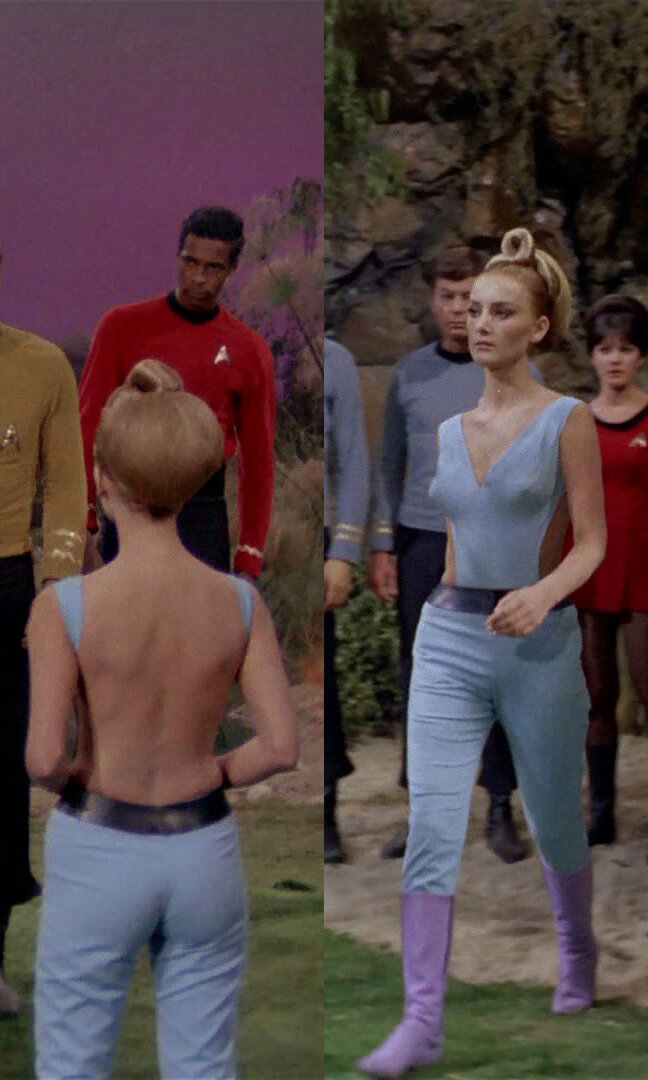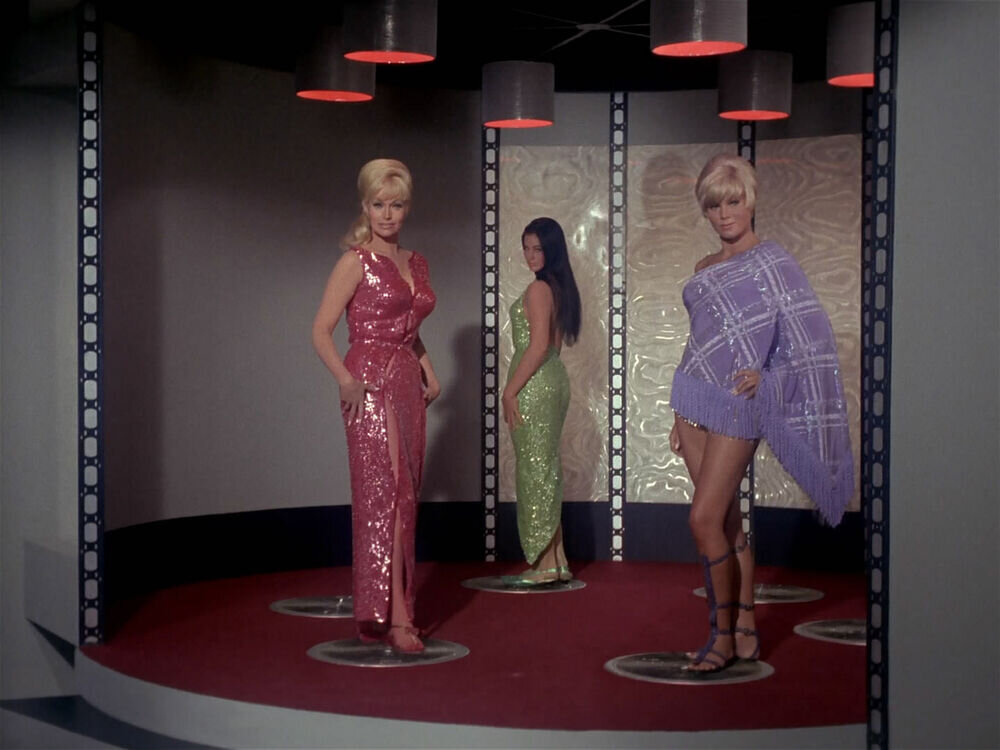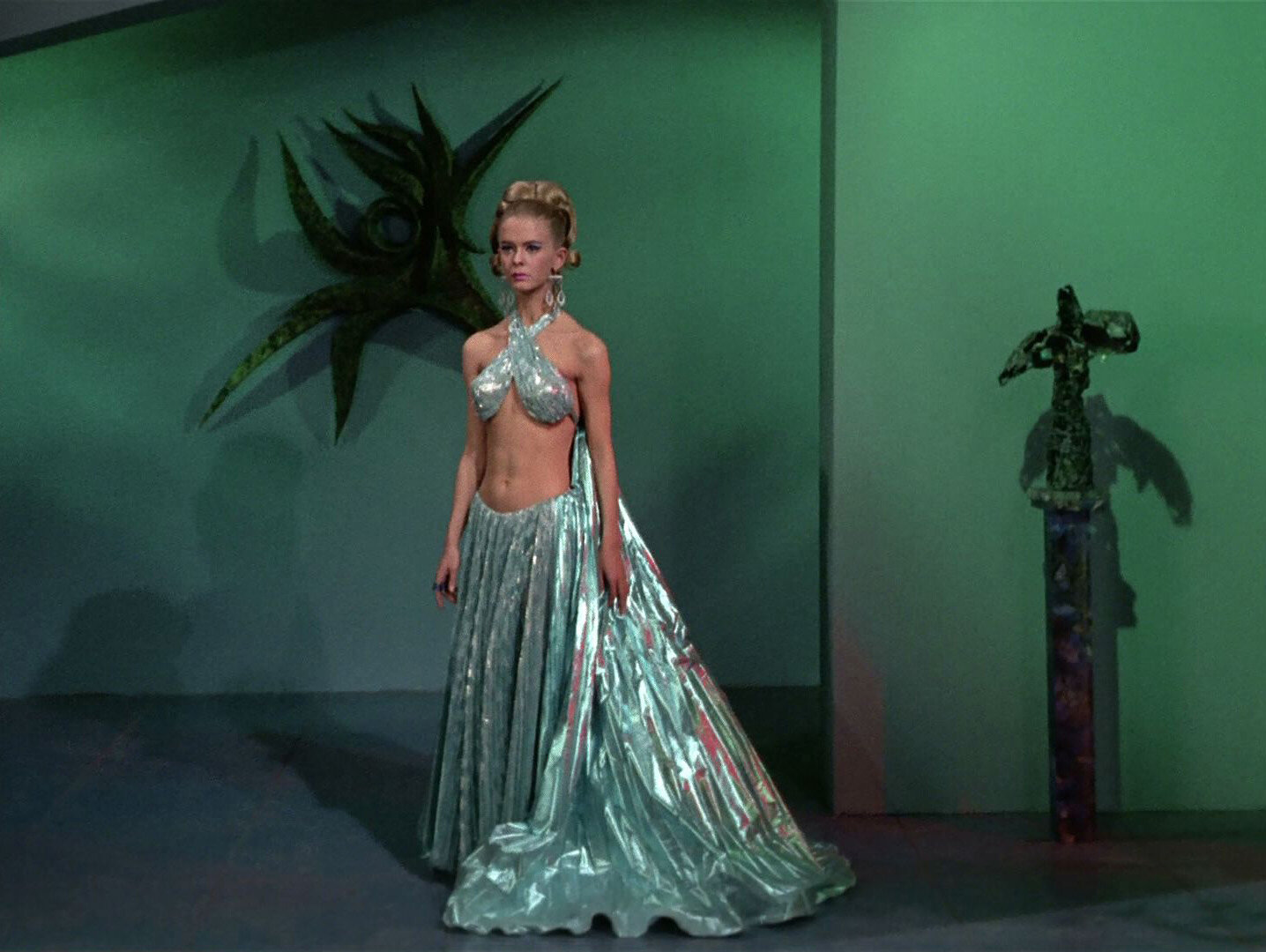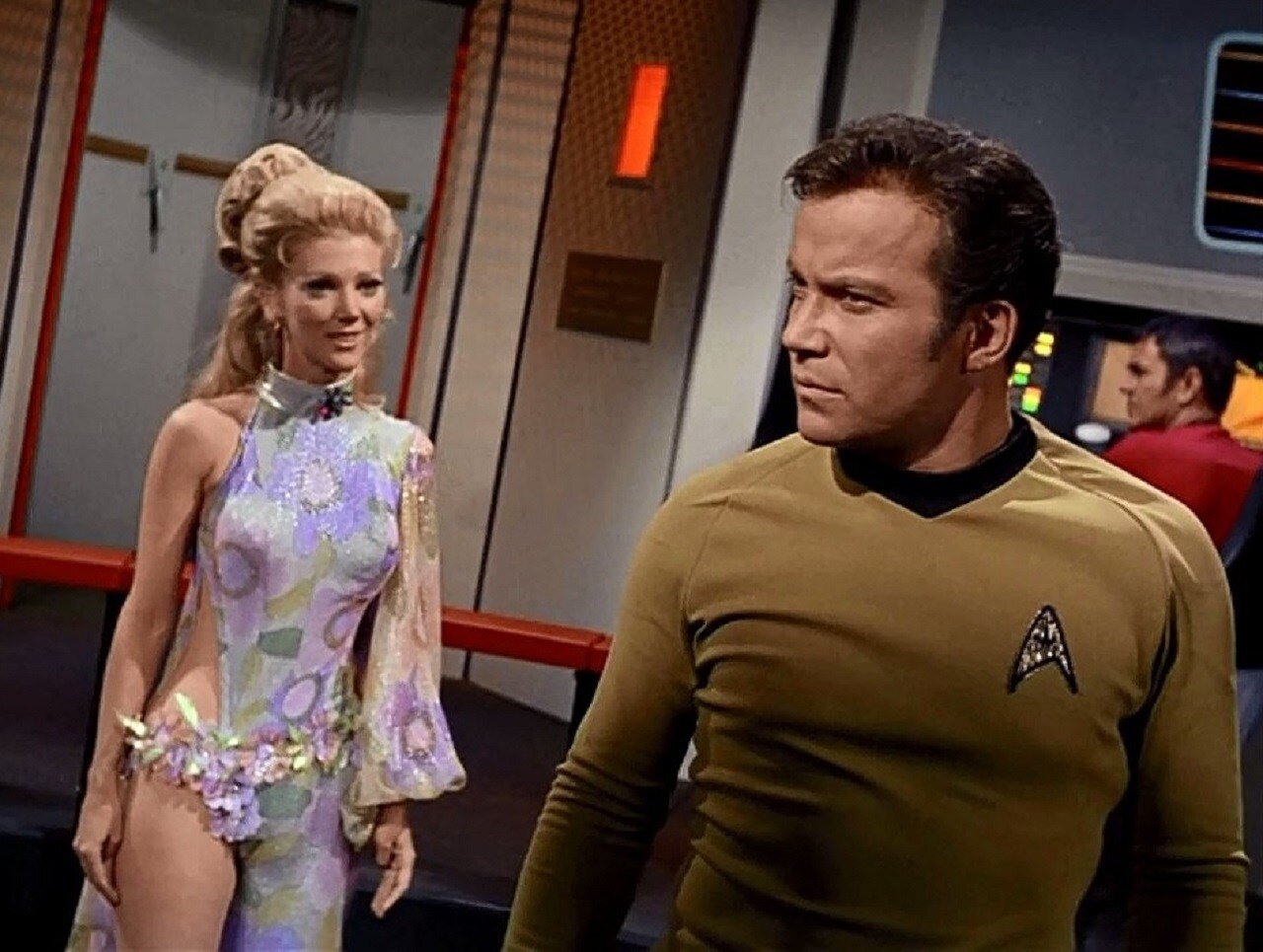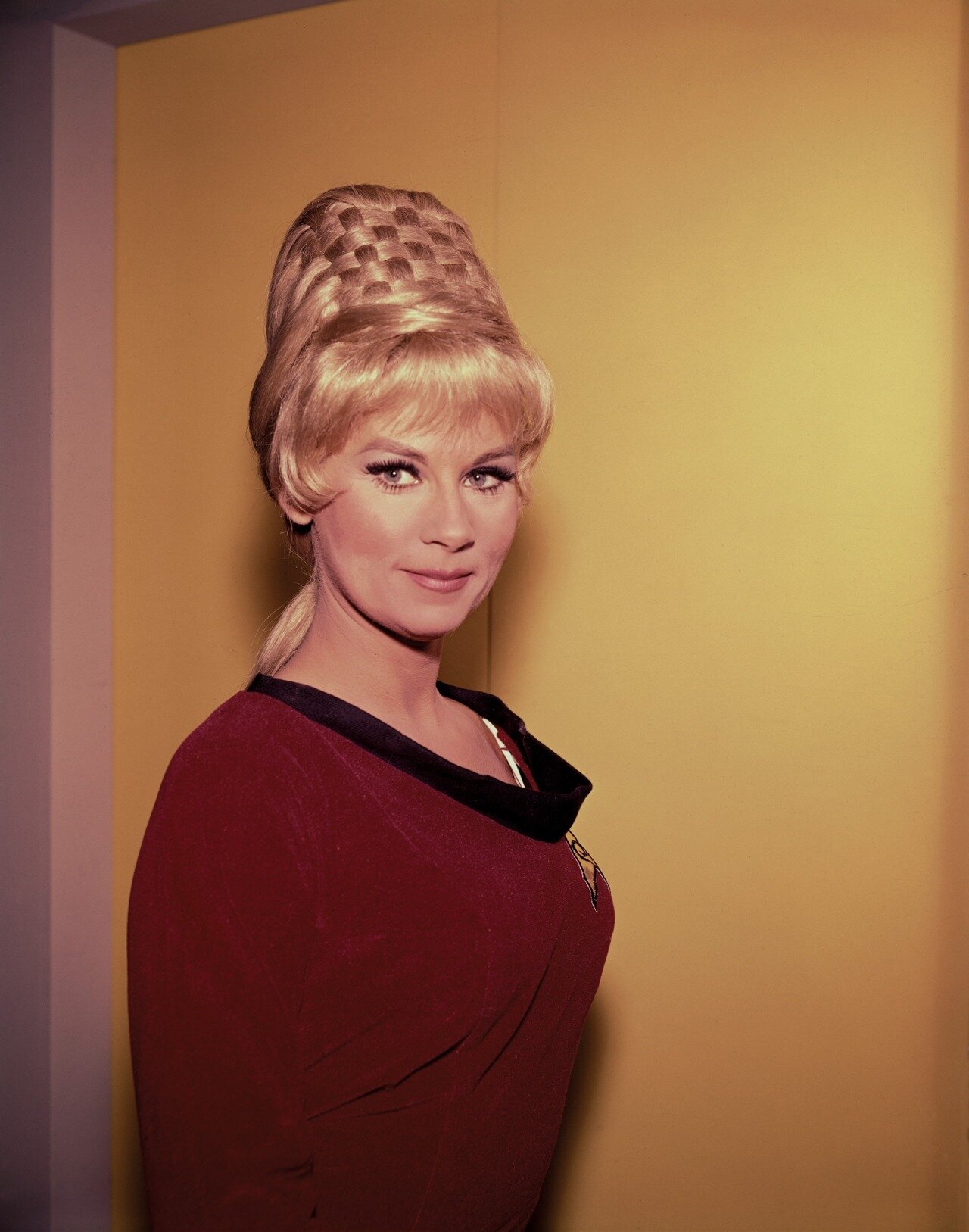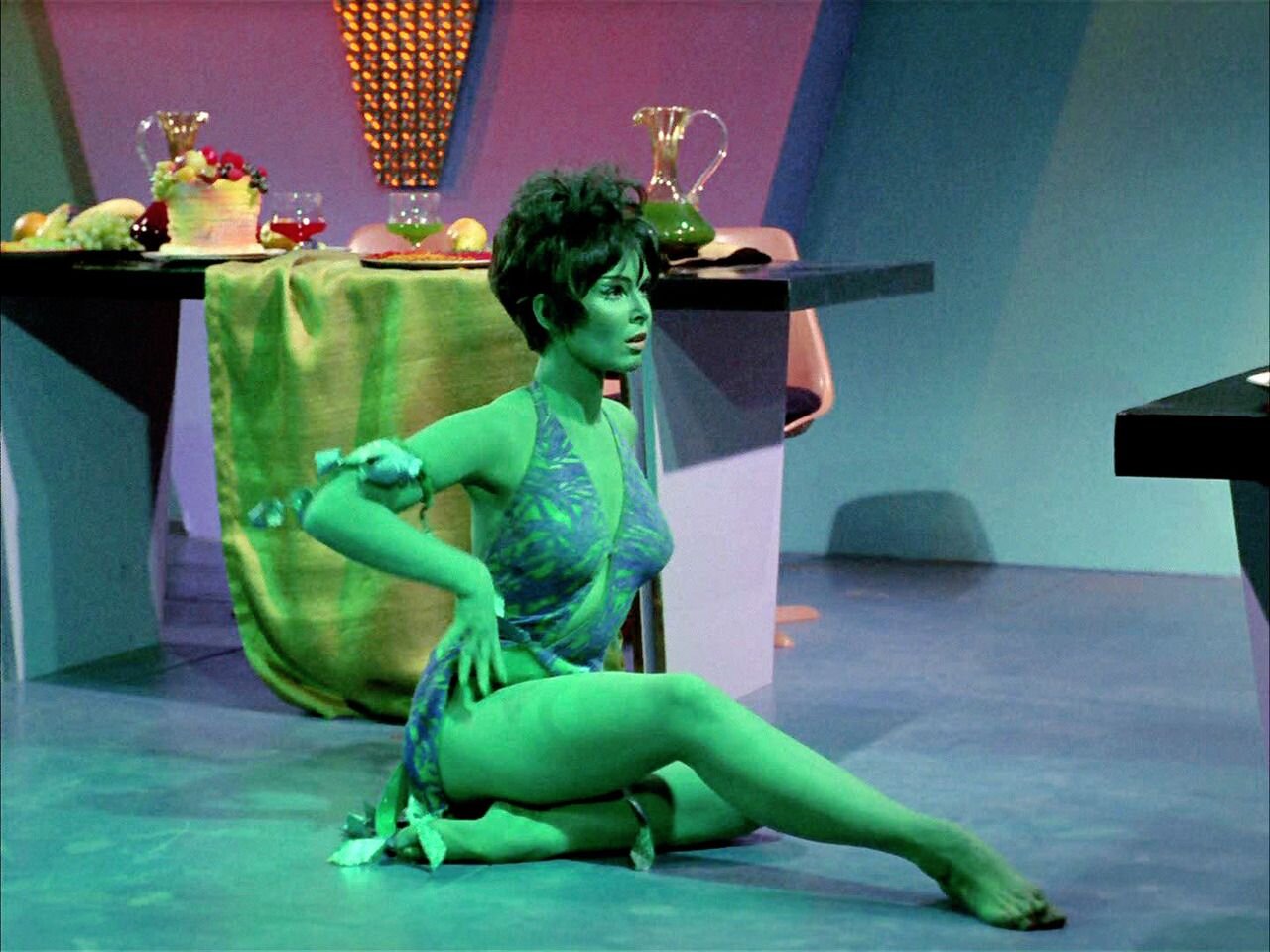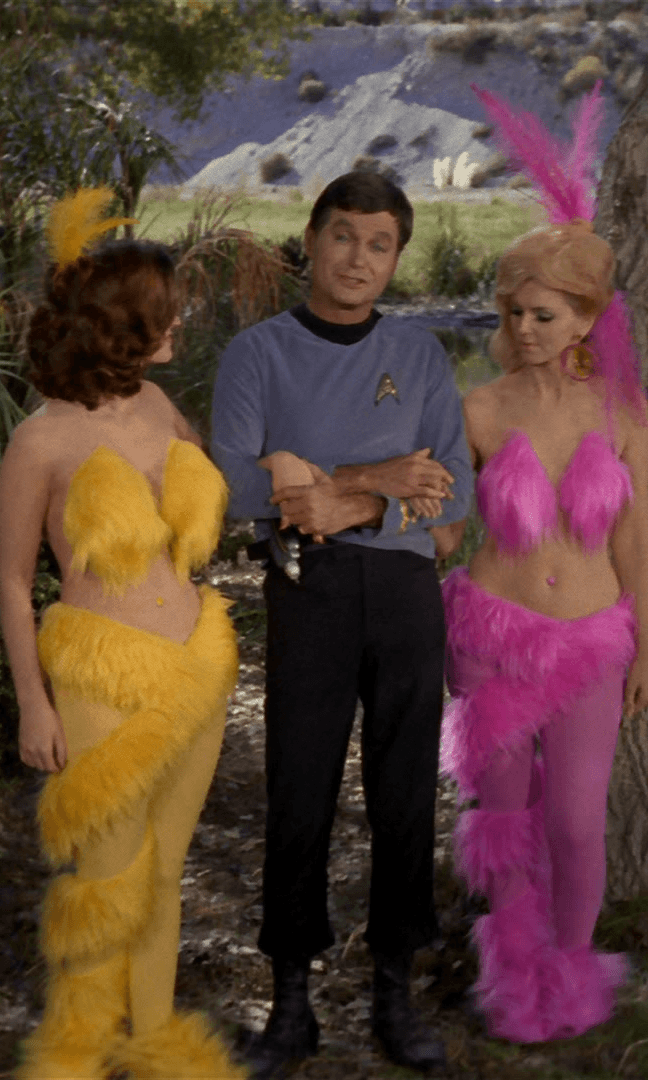The Future of Fashion from 1960s Eye
By Hannah Schmidt-Rees
Inspired by the works of Mary Quant, Paco Rabanne and Pierre Cardin, the overall style of 1960s sci-fi fashion combines a futuristic look towards the future as well as the natural progression of fashion. In terms of progression, fashion has always moved towards form-fitting garments and absence of fabric to show skin, which is typically why all futuristic works of art lean towards liberation of the body through fashion.
In terms of the fashion of the 60s, the aftermath of the war created a breakdown of the old British social order, leading the way for the rise of the middle class. Fashion became more functional and affordable (compared to visual focus of the fashion in the 50s), leading to garments made from jersey, tweed and flannel. The minidress a-line silhouette directly contrasted from the hourglass shape of Dior’s new look.
Designers like Paco Rabanne were experimenting with new materials, using metal and plastic to create dresses reminiscent of chainmail and armour. Even designing costumes for the 1968 cult classic Barbarella, Rabanne was one of pioneering designers for 60s space-age fashion.
In addition, the use of new materials lead to the creation of major 60s fashion trends. The popularity of go-go boots began in 1964, with their fluorescent colours and shiny material reference futuristic trends. Fabric became more artificial and man-made, creating a feel of the future.
My main point of inspiration for this article is the original Star Trek series. This article is really like a love letter to the original series, but to keep it relevant, I’ll just talk about the fashion.
The red, yellow and blue pop-art inspired velour uniforms are easily identifiable by viewers (especially on the small screens of the 60s) and easy to achieve on the original series’ small budget. The touches of mod, fur trims and psychedelic prints keeps the series stuck in time, but the futurist features create a look into the future. Unusual cuts and silhouettes broke the mould for feminine clothing, and femininity overall was pushed and revolutionised. Styles from the past were integrated into a vision of the future, creating a cross contamination of past, present and future. Even the fact that the actor’s sideburns were cut into points to create a streamline look, combining avant-garde 1960s hairstyles in overall sleeker looks.
Even the pants that the officers wore, with a small flare above the boot, was a futuristic version of the bell-bottoms, which were popular at the time. Creator Gene Roddenberry believed that clothing in the future would have no visible fastening, so the zips were concealed in the shoulder.
In general, Star Trek’s cultural impact shouldn’t be ignored. Addressing cultural issues of the 1960s by using a multi-racial cast, focusing on gender equality and other social issues created a vision of future that wasn’t just visual.
You know when I said that I’d just talk about the fashion of Star Trek to keep it relevant? Well for this part I’m just going to disregard what I said earlier. I love Star Trek, especially the original series. It creates a vision of the future where brains, ethics and words are more important than brawn and manpower. Especially in terms of the original series, yes the action may be bad and set may be low budget, but you need to think of the context. Much like movies were a source of escapism for 1940s America, during the horrible affects of the Second World War, series like Star Trek had a similar role in 1960s America. The 1960s was one of the divisive decades in history, marked by the Vietnam War, the civil rights movement, political assassinations and the rise of the generational gap and the ’teenager’.
In a world of uncertainty, Star Trek created a world where love for humanity and equality rights and opportunity for everyone and every being reigns supreme. Star Trek was what society, at that time, needed, and maybe it’s what we need now too. And if it happens to be a bunch of space explorers in colour-matched uniforms fighting badly designed ‘monsters’, then so be it.
